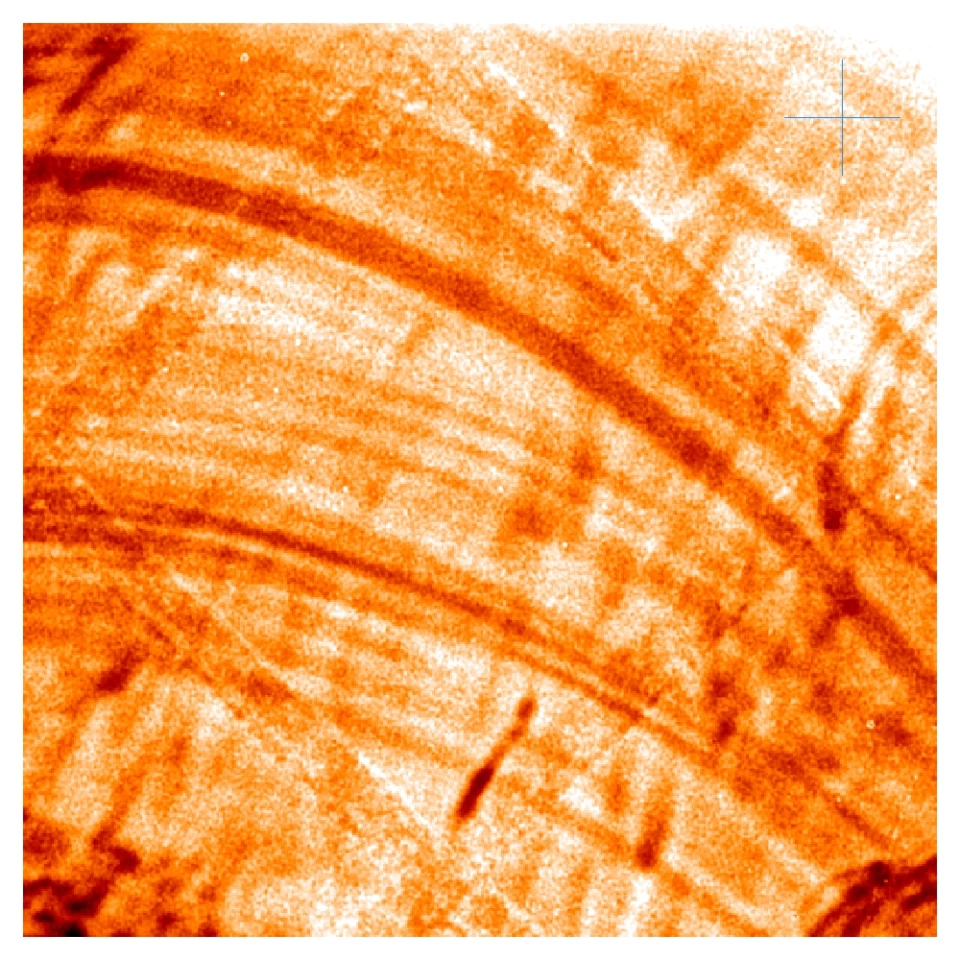It mightn’t be safe for us humans to stare directly at the Sun, but thankfully modern science gives us more and more ways to observe this bubbling, explosive mass of energy at the center of the solar system. In what are described as the highest-resolution images ever taken of the Sun’s atmosphere, scientists have detected previously unsighted threads of magnetic plasma woven throughout, offering new clues as to the makeup of its active outer layers.
These images come courtesy of NASA’s High-Resolution Coronal Imager (Hi-C, a sub-orbital telescope launched into space in 2012 to study the Sun’s atmosphere, also known as its corona. It is capable of imaging structures in the corona as small as 70 km (43 m) across, or around 0.01 percent of the total size of the Sun, with the latest fruits of its labor revealing stunning new features that offer scientists plenty of food for thought.
Following analysis by researchers at the University of Central Lancashire and collaborators at NASA, these images have revealed incredibly fine, million-degree strands of plasma. These electrified threads of extremely hot gas measure around 500 km (310 mi) in width, though the exact mechanism responsible for their creation is unclear, so will be the subject of debate.

Discussion will also center on how these fine threads may help shape solar flares and storms, along with the solar winds that emanate outward from the Sun and can be felt right across the solar system.
“This is a fascinating discovery that could better inform our understanding of the flow of energy through the layers of the Sun and eventually down to Earth itself,” says Dr Tom Williams, a postdoctoral researcher at the University of Central Lancashire. This is so important if we are to model and predict the behavior of our life-giving star.”

The Daniel K. Inouye Solar Telescope in Hawaii is another scientific instrument that can offer incredibly high-res images of the Sun, earlier this year bringing us the most detailed photos and videos of its surface to date. NASA’s Parker Solar Probe, meanwhile, continues its series of orbits that will take it through the Sun’s corona, where it will gather images and data on this particularly inhospitable environment.
The research on the Sun’s magnetic strands was published in The Astrophysical Journal, while you can check out the full array of images in the gallery.
Source: University of Central Lancashire













